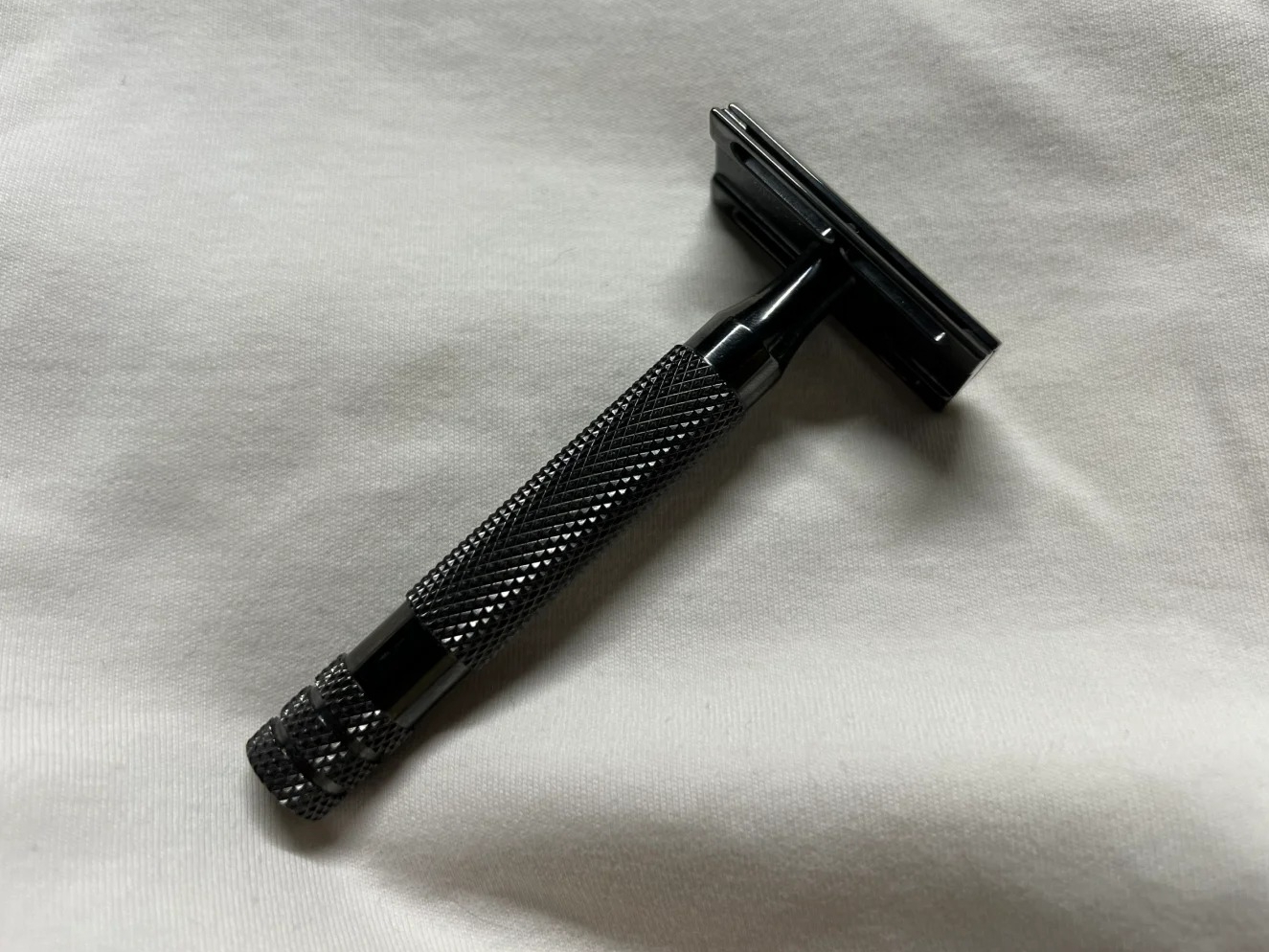Why Teflon Coating is the Top Choice for Non-Stick and Chemical-Resistant CNC Parts
Introduction
Teflon coating, known for its exceptional non-stick properties and high chemical resistance, is a premier choice for enhancing CNC machined parts. This fluoropolymer coating minimizes friction and wear and protects against corrosive substances, making it indispensable in industries such as chemical processing, food production, and healthcare.
For applications requiring a clean, non-reactive surface, Teflon coatings ensure that parts function effectively under harsh conditions, reducing maintenance needs and prolonging the lifespan of critical components.
Teflon Coating Technology: Advanced Protection for CNC Components
Scientific Principles & Industrial Standards
Definition: Teflon, or polytetrafluoroethylene (PTFE), is a synthetic fluoropolymer known for its low friction and outstanding resistance to chemicals, heat, and electrical currents. It provides a smooth, inert finish that can be applied to various base materials.
Governing Standards:
ASTM D3306: Standard for heat-resistant Teflon coatings.
ISO 12086: Standards for fluoropolymer coatings in medical devices.
ASTM D1710: Specification for Teflon properties, including chemical resistance and thermal stability.
Process Function and Cases
Performance Dimension | Technical Parameters | Application Cases |
|---|---|---|
Non-Stick Performance | - Extremely low surface energy - Prevents material adhesion | Cooking utensils, Food processing equipment |
Chemical Resistance | - Unaffected by most industrial solvents and chemicals - Suitable for pH 1 to 14 | Chemical storage containers, Pharmaceutical reactors |
Wear and Friction Reduction | - Coefficient of friction: 0.05-0.20 - Enhances part longevity | Automotive bearings, Industrial gears |
Heat Resistance | - Functional between -200°C and +260°C - Stable in varying thermal conditions | Aerospace components, High-temperature seals |
Teflon Coating Process Classification
Technical Specification Matrix
Teflon Type | Key Parameters & Metrics | Advantages | Limitations |
|---|---|---|---|
Standard PTFE | - Application temperature: up to 260°C - Thickness: 20-30 microns | - Excellent chemical and heat resistance - Widely applicable | - Not ideal for load-bearing applications |
Filled PTFE | - Reinforced with materials like glass, graphite, or bronze - Enhanced wear properties | - Improved mechanical strength - Suitable for dynamic applications | - Higher cost than standard PTFE |
PTFE Teflon Spray | - Spray applied - Quick and easy application | - Convenient for complex geometries - Fast curing time | - Requires thorough surface preparation |
ETFE Coatings | - Copolymer of ethylene and TFE - Thicker coatings possible | - Extremely tough, designed for harsh environments - Higher abrasion resistance than PTFE | - More rigid, less flexible than pure PTFE |
Selection Criteria & Optimization Guidelines
Standard PTFE
Selection Criteria: Best for general applications requiring superior chemical resistance and non-stick properties, such as in food processing or chemical labs.
Optimization Guidelines:
Ensure parts are immaculately cleaned before coating.
Apply multiple thin layers to build a uniform coating.
Filled PTFE
Selection Criteria: Ideal for mechanical components subject to high wear and needing low friction, like pumps and valves in the chemical industry.
Optimization Guidelines:
Select filler materials based on specific application needs (e.g., high-temperature graphite).
Control curing temperatures to prevent degradation of fillers.
PTFE Teflon Spray
Selection Criteria: Recommended for quick application on large surfaces or complex shapes, such as in custom machinery parts.
Optimization Guidelines:
Use specialized spray equipment to achieve even distribution.
Allow sufficient drying and curing time in a controlled environment.
ETFE Coatings
Selection Criteria: Suitable for extreme environments where durability and robustness are critical, such as in outer space or deep-sea applications.
Optimization Guidelines:
Pre-treat the surface to enhance adhesion of the thicker ETFE layer.
Apply at higher temperatures to ensure proper flow and curing.
Material-Coating Compatibility Chart
Substrate | Recommended Teflon Type | Performance Gain | Industrial Validation Data |
|---|---|---|---|
Standard PTFE | Resistant to harsh chemicals | Used in pharmaceutical processing with no signs of corrosion | |
PTFE Teflon Spray | Easy application, excellent coverage | Aircraft parts exhibit reduced friction and wear | |
Filled PTFE | Enhanced wear resistance | Critical components in automotive applications show extended service life | |
ETFE Coatings | Superior durability in extreme conditions | Valves used in deep-sea exploration maintain integrity | |
Standard PTFE | Chemical inertness, suitable for lab equipment | Containers maintain purity of stored reactive substances |
Comprehensive Process Control and Quality Assurance
Preparation and Quality Standards
Pre-Treatment: Parts undergo etching or sandblasting to enhance surface adhesion.
Process Control: Application parameters such as temperature, spray rate, and cure time are tightly controlled.
Post-Treatment: Coated items are tested for uniformity, thickness, and adherence to ensure optimal performance.
Expert Insights and Common Inquiries
How does Teflon coating improve the operational efficiency of CNC machined parts?
Can Teflon-coated parts withstand long-term exposure to aggressive industrial chemicals?
What are the environmental impacts of applying Teflon coatings?
How does the choice of substrate influence the effectiveness of Teflon coatings?
What are the cost implications of incorporating Teflon coatings into production lines?

